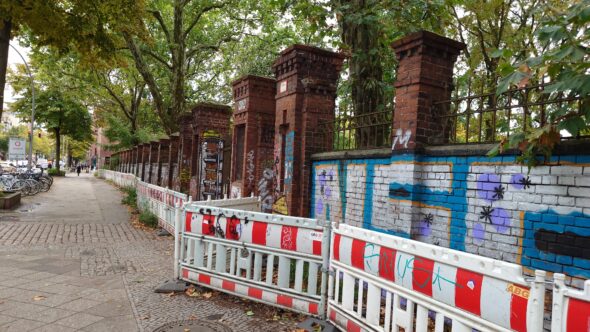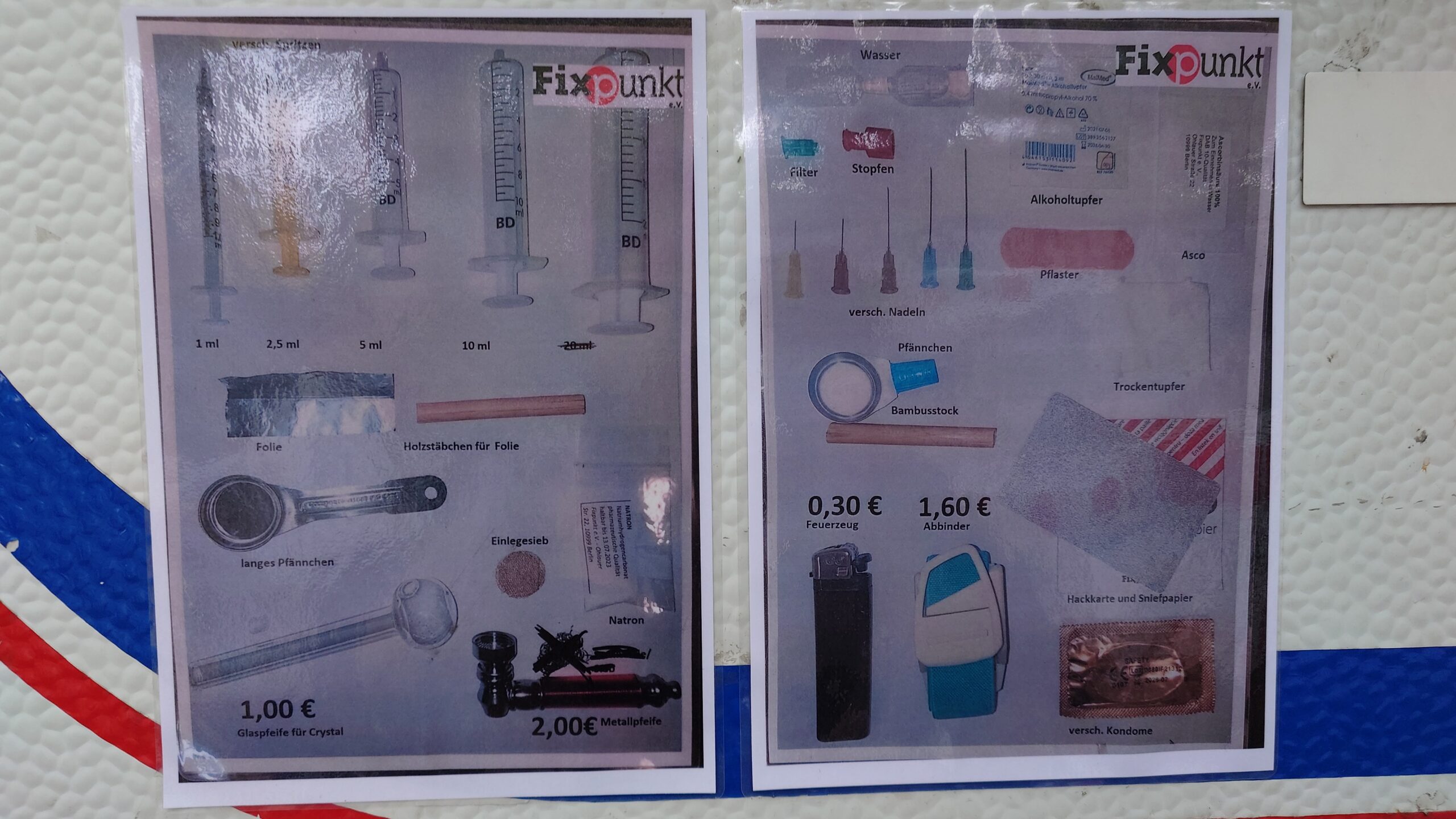I stumbled upon something unexpected in Berlin—a quiet van parked among colorful food trucks.
At first glance, I thought it was another kebab stand. But the symbol on the side wasn’t food—it was a syringe.
What Is Harm Reduction?
The van wasn’t selling syringes for profit.
It was part of a harm reduction program—a public health initiative that focuses not on punishing or “curing” drug use, but on minimizing its dangers.
Users could return used needles safely and buy new, sterile ones for a small fee.
It’s a system designed to reduce infections and overdoses, protecting both individuals and the wider community.
In essence, it treats drug use not only as a moral issue, but as a health and social challenge.
Why It’s Not Free
Interestingly, many of these programs charge a small fee instead of offering free exchanges.
The reason isn’t just cost—it’s accountability.
When items are free, some users take more than they need or resell them.
A modest price helps maintain balance: people take only what they truly need, and staff can track and manage supplies more safely.
In a way, it’s a practical compromise between support and self-responsibility—a realistic middle ground within public health.
Europe vs. Japan
Programs like this have existed in Europe for over 30 years.
In countries such as the Netherlands and Canada, government-backed harm reduction efforts have successfully curbed infections and improved access to healthcare.
Japan, on the other hand, is still debating whether such initiatives count as “support” or “tolerance.”
That hesitation leaves a gap in policy—and in protection.
Protecting the Community

The purpose isn’t just to help people who use drugs.
It’s also to protect everyone else—by reducing the spread of disease, preventing discarded needles in public spaces, and lowering medical and emergency costs.
Each clean exchange saves resources that can go back into other essential services.
Harm reduction, in this sense, is not charity.
It’s a rational public policy that prioritizes realistic safety over moral perfection.
What I Learned While Traveling
Before seeing that van, I never thought much about drug policy.
But travel has a way of challenging assumptions.
When viewed from a public health perspective, harm reduction isn’t about approving drug use—it’s about preserving life and dignity in the real world.
Sometimes, doing “less harm” is the most human solution we have.
Takeaway:
Perfection is ideal, but progress is practical.
Germany’s harm reduction approach shows that even small, realistic steps can protect both individuals and communities.



コメント